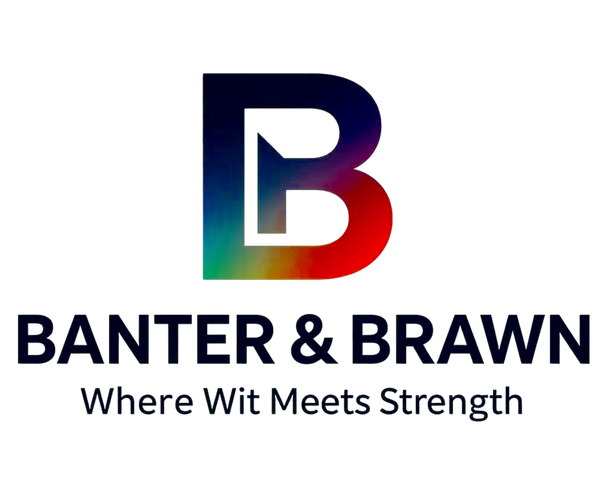Why the Brick? The Symbolism Behind Our Pride 2025 Designs
Share
What’s With the Brick? About the pride 2025 designs
Recently, someone asked a great question on social media about our pride 2025 designs:
“It objectively didn’t though. Why are we so obsessed with this brick bit??”
And honestly? It's fair to ask.
Did someone throw a brick at Stonewall? Probably not.
So why has the brick become such a powerful symbol in LGBTQ+ protest history? Because it means something — and sometimes, meaning goes beyond fact.
Stonewall Brick Symbol — Fact vs. Symbolism
The Myth and Meaning
Let’s set the record straight: there’s no confirmed evidence that a brick was thrown during the first night of the 1969 Stonewall Uprising. That said, the imagery of a brick being hurled through the air has stuck — not because it’s historical fact, but because it captures the rage, courage, and breaking point of that moment.
LGBTQ+ Resistance Symbols
To us, the brick represents resistance. It symbolizes the instant when LGBTQ+ people — especially trans women of color, drag queens, and queer street youth — said “enough” and fought back against ongoing police brutality and systemic oppression. It is the visual embodiment of the phrase: Pride started with a protest.
Marsha P. Johnson, Myth and Meaning
Marsha P. Johnson is often cited as the person who threw "the first brick," but even she said she arrived after the riot had already begun. Still, her association with the Stonewall riots history isn’t about accuracy — it’s about legacy. Marsha represents what that night stood for: Uprising. Disruption. Change.
Why We Chose the Rainbow Brick for Pride 2025
A Bold, Simple Protest Icon
Visually, a brick is straightforward — square, solid, unmistakable. Adding a rainbow color palette to it transforms it from a basic object into a badge of queer resistance. It’s art. It’s history. It’s protest.
A Message That Aligns with Our Mission
At Banter & Brawn, we’re not just in the business of selling witty t-shirts and novelty gear. We create products that connect people — to each other, to history, to themselves.
We believe in the power of humor, storytelling, and visibility. That’s why we’re proud to include the rainbow brick in our Pride 2025 designs.
The rainbow brick fits with our mission to:
- Encourage self-expression
- Spark meaningful conversations
- Celebrate inclusive queer history
- Remind the world that Pride is still political
Origins of Pride Month: A Protest, Not a Party
The Stonewall Uprising wasn’t about corporate sponsorships or parades. It was about resistance in the face of systemic abuse. As we reflect on what happened at the Stonewall riots, we’re reminded that the fight for equality is far from over — and the symbols we choose help us tell that story.
A Final Word — Why the Brick Matters
To some, it might seem odd or even “too much” to focus on the brick. But in a world that often asks queer people to tone it down, be quiet, or stay invisible, the brick is our response to silence.
Whether or not it was thrown, the stonewall brick symbol speaks for those who fought, those who couldn’t, and those who still need to.
References
1. The Library of Congress. “Today in History - June 28: The Stonewall Uprising.” Library of Congress, https://www.loc.gov/item/today-in-history/june-28/
2. Carter, David. Stonewall: The Riots That Sparked the Gay Revolution. St. Martin’s Press, 2004.
3. PBS. “Stonewall Uprising.” American Experience, PBS, https://www.pbs.org/wgbh/americanexperience/films/stonewall/
4. Stack, Liam. “Marsha P. Johnson, a Black Transgender Activist, Finally Gets Her Due.” The New York Times, 6 June 2019, https://www.nytimes.com/2019/06/06/obituaries/marsha-p-johnson-stonewall.html
5. Vercammen, Paul. “Stonewall Inn, site of historic 1969 riots, becomes first LGBT national monument.” CNN, 27 June 2016, https://www.cnn.com/2016/06/24/politics/stonewall-inn-national-monument/
6. GLAAD. “The Stonewall Riots: 50 Years Later.” GLAAD, https://www.glaad.org/blog/stonewall-riots-50-years-later
